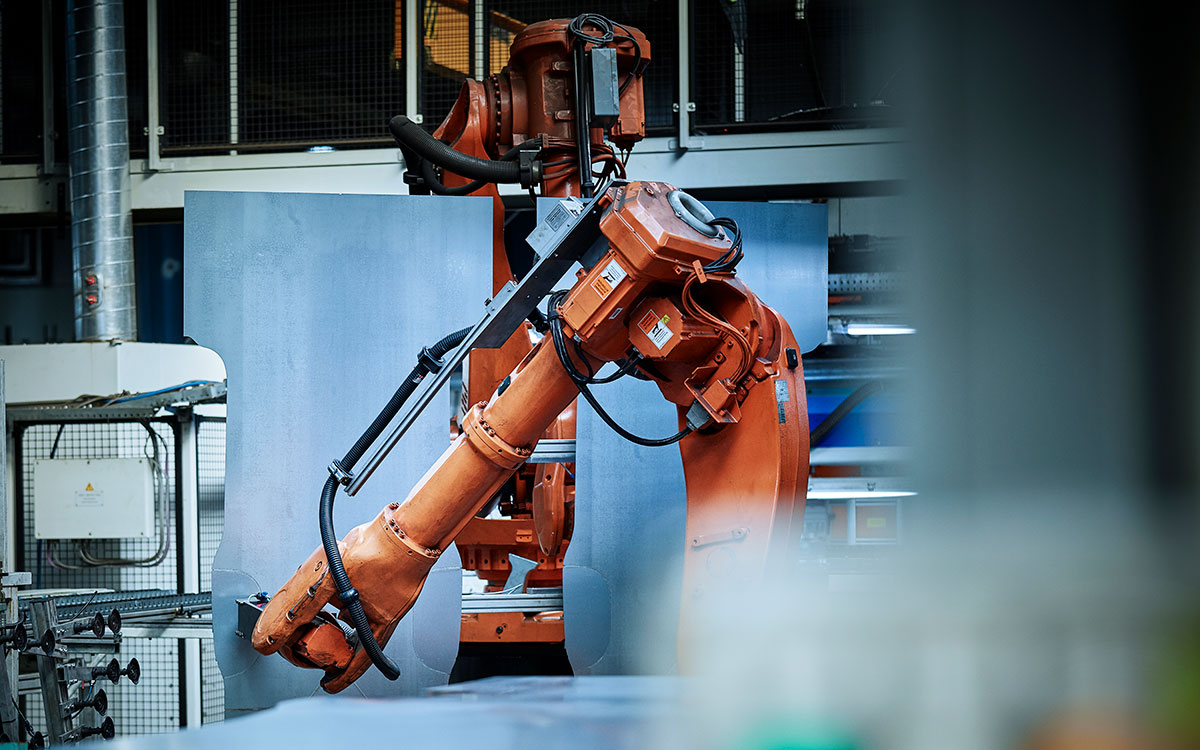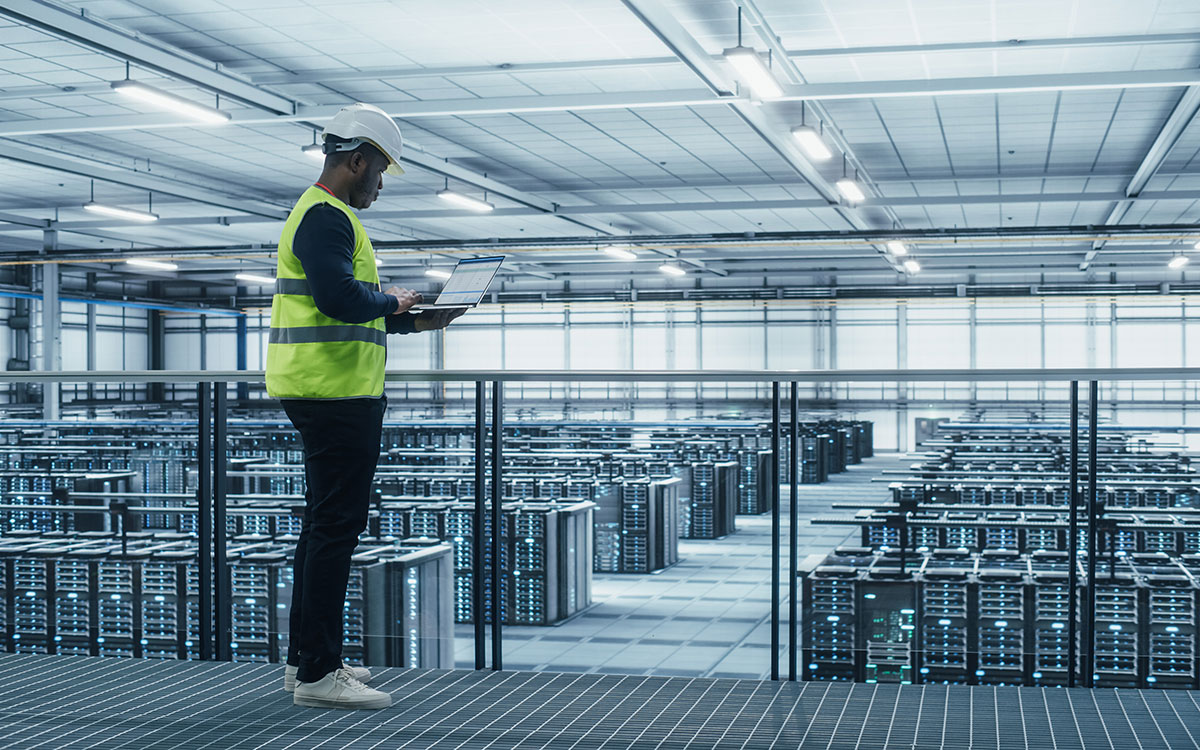
In 2020, the pandemic forced the manufacturing industry to rethink how it operates. Overnight, supply chains and production lines were subject to seismic shifts and factories had to adapt to safeguard employees against the constant threat of COVID-19.
Today, almost a year to the day since the crisis was declared a global pandemic, it continues to have a profound impact on our lives and livelihoods. In the midst of the madness, we’ve seen how those already utilizing digital solutions were better-positioned to weather the storm, with their ability to move faster and further than their peers during the crisis.
But we’ve also seen manufacturers of all shapes and sizes, regardless of their differing fortunes – toilet roll compared to aerospace, for example – now investing in digital to keep up with the demands of today, or ensuring they’re equipped to deal with the demands of tomorrow.
Either way, it’s becoming increasingly clear that if you haven’t yet taken your first step to digital, it’s time to make the transition and move from lean to smart manufacturing. But what’s even clearer is the non-negotiable case for placing people at the heart of your factory.
As manufacturers, we understand this – and we’ve learned from the events of the past year. Based on these learnings, and how we’ve seen our customers adapt and innovate, there are three key trends we see evolving within the industry.
1. A continued look to localization
In recent history, supply chains had the primary focus of reducing costs and driving profitability, which often resulted in globalization and a look to low-cost territories such as China. But the logistical challenges of the pandemic prompted a desperate scramble to source supply chains closer to home.
This has rewritten the way the world does business. But it’s not all bad, in fact, far from it. By bringing manufacturing closer, local economies benefit from faster time to market, increases in jobs and resiliency. Plus, businesses – and our planet – will also be grateful for the reduced carbon footprint.
Putting it into practice, however, will require continued investment in the likes of automation, IoT and AI, to streamline operations and reduce labour costs to be aligned with global rates. In the remainder of 2021, it will be essential to start planning for the long-term and networking with homegrown suppliers, to ensure you maximise the capacity of local supply chains.
2. Digital transformation of the factory floor
Digital transformation (DX) has been one of the many buzzwords of the past decade. But if you thought it was going away, you’d be very much mistaken. DX will continue to be vital for businesses, especially those in manufacturing, as we shift towards localization and the necessity of smart factory technologies.
Increasing competition puts pressure on organizations to reduce costs, improve customer experience and drive profitability. Technology is a key enabler for this, and it will be imperative to invest in emerging technologies such as automation, data and analytics, AI, IoT and 5G to put you on a level playing field with competitors.
Doing so won’t be without its challenges and a willingness to embrace change will be required, at all levels of your operation. But once in place, you’ll wonder how you ever lived without the connectivity of people, processes and machines to drive efficiency. Or the transparency that gives you visibility for real-time decision making, to name just two of the many benefits of a Smart Factory.
3. A people first approach
Despite this impending wave of new technology – and regardless of what scaremongers will have you believe – it’s now clear that while automation will replace some jobs, it will also create new opportunities. Technology is a means to remove mundane, manual roles, so workforces can focus on more meaningful, business-vital tasks.
People are your driving force for change. So, by upskilling staff and putting these new technologies into their hands, they will find ways to deliver services better, faster and closer to what customers demand, at the same time as inspiring continued innovation.
Like we’ve seen since the start of COVID-19, manufacturers will continue to work closely with customers – to keep up with surging demand and deliver a consistent customer experience via personalisation, radical transparency and rapid response. Freeing up your workforce and equipping them with all of the necessary skills will be one of the most effective ways to achieve this.
Ultimately, the future of manufacturing is firmly in our hands, so it’s now on us to channel the learnings from the past year to lay the foundations for future success. In doing so, we can build a better workplace, workforce and world, with people and sustainability at its centre.
Get in touch today to see how we can help.











